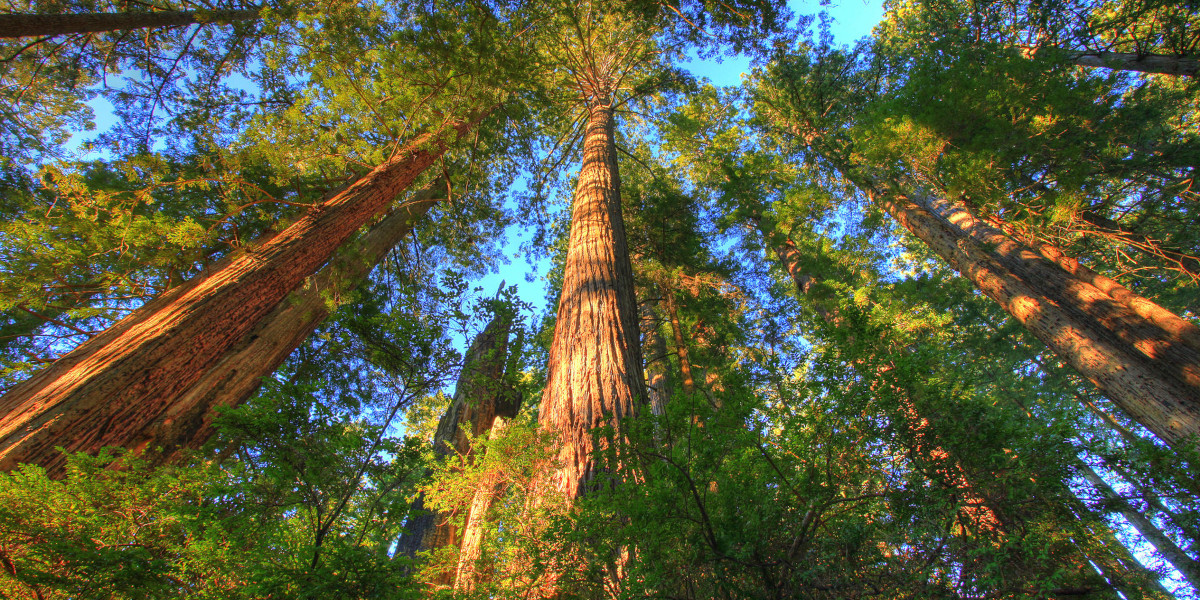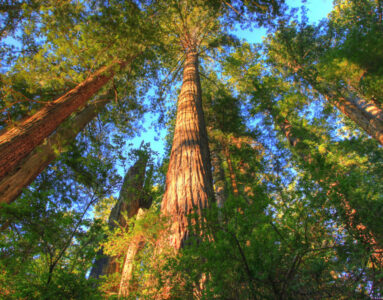Fire-adapted forests are degraded, not restored, by reducing tree cover over entire landscapes already struggling with severe drought, insect outbreaks, polluted streams and loss of big trees and habitat linkages. This paper argues that true restoration preserves large carbon-storing trees instead of the current practice of logging them to pay for clearing and burning smaller trees. When needed fuel reduction should focus on reducing flammable vegetation within and immediately adjacent to at-risk rural communities. This wisely gives evolutionary processes the primary role in shaping forests that are better adapted to the rapidly warming and drying climate. In contrast, degradation results from forcing forests to conform to “desired conditions” mandated by land management agencies.
Preserving Southwestern forests and wildlife

